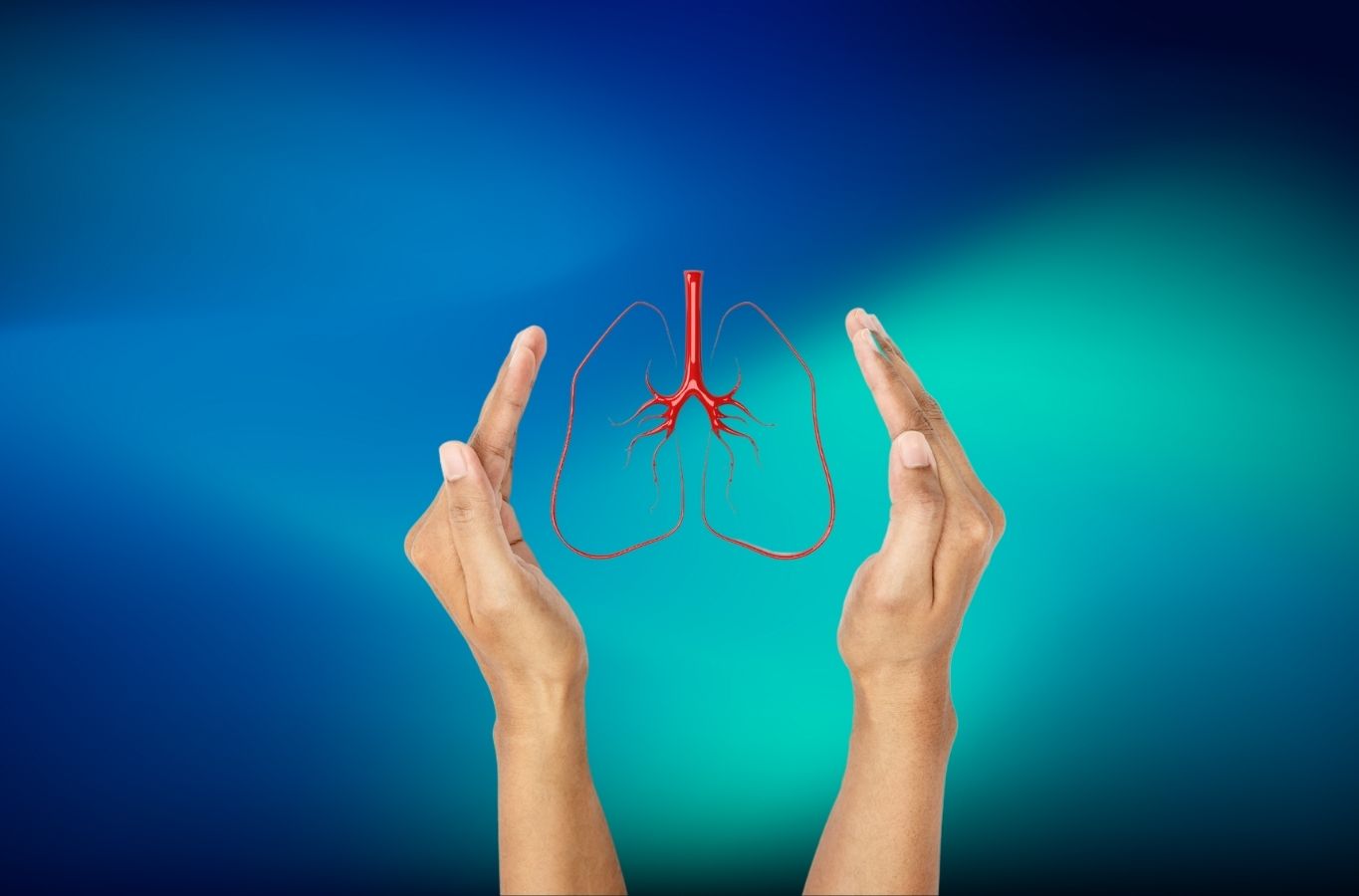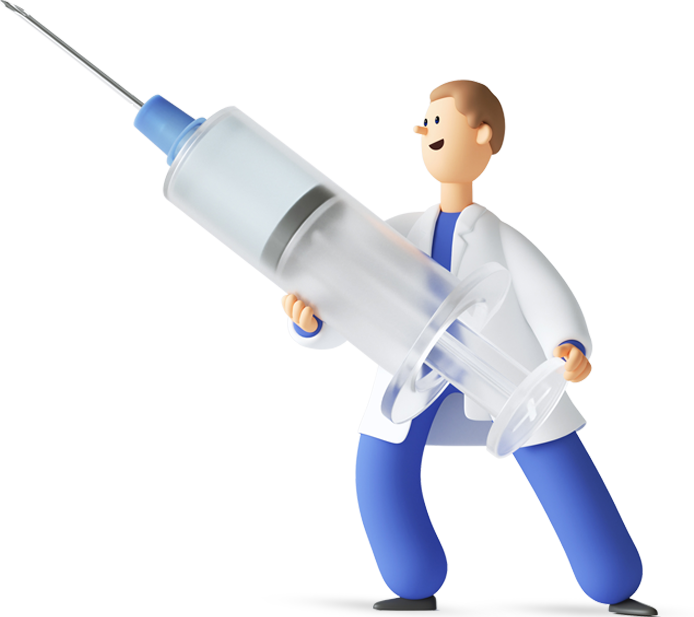
What is tracheostomy and in which cases is it applied?
Tracheostomy is a procedure to create an artificial airway by making a surgical hole in the windpipe (trachea) in cases where it is difficult for the patient to breathe normally. With this procedure, the patient can breathe comfortably. Tracheostomy is sometimes temporary and sometimes permanent. Before a tracheostomy is performed, an incision called a "tracheotomy" is made in the trachea, through which a tracheostomy tube is inserted. A tracheostomy is used in people who need long-term ventilation, have obstruction of the airways or have diseases affecting the respiratory muscles. For example, it is used to support respiratory function in conditions such as COPD, laryngeal cancer, stroke or coma. This procedure may also be required for upper respiratory tract burns, laryngeal spasms and some allergic reactions.
Things to Consider Before Tracheostomy
Preparation before tracheostomy is usually done when a permanent procedure is planned. Precautions such as quitting smoking, fasting before the procedure and not using blood thinners are taken. Short-term hospitalisation may be required after the procedure; bleeding, aspiration and infection risks are kept under control during this process.

How is tracheostomy performed?
Tracheostomy is usually performed under anaesthesia. The surgeon makes an incision in the neck just below the vocal cords and inserts a tube into the windpipe. This tube creates a direct airway. The cannulae used during the procedure can be easily removed and cleaned if necessary. The cannulae are fixed in place to allow the patient to breathe and, if necessary, connected to a ventilation device.
Life After Tracheostomy
Specialised care is important to maintain the quality of life of tracheostomy patients. Care steps such as cannula cleaning, aspiration procedures and regulation of swallowing function should be learnt by the patient and caregivers. The tracheostomy tube allows the patient to lead a normal life. It is also possible to talk and eat with special cannulas, but it is important to get support from a specialist in this process.
- Tags:
- Tracheostomy


